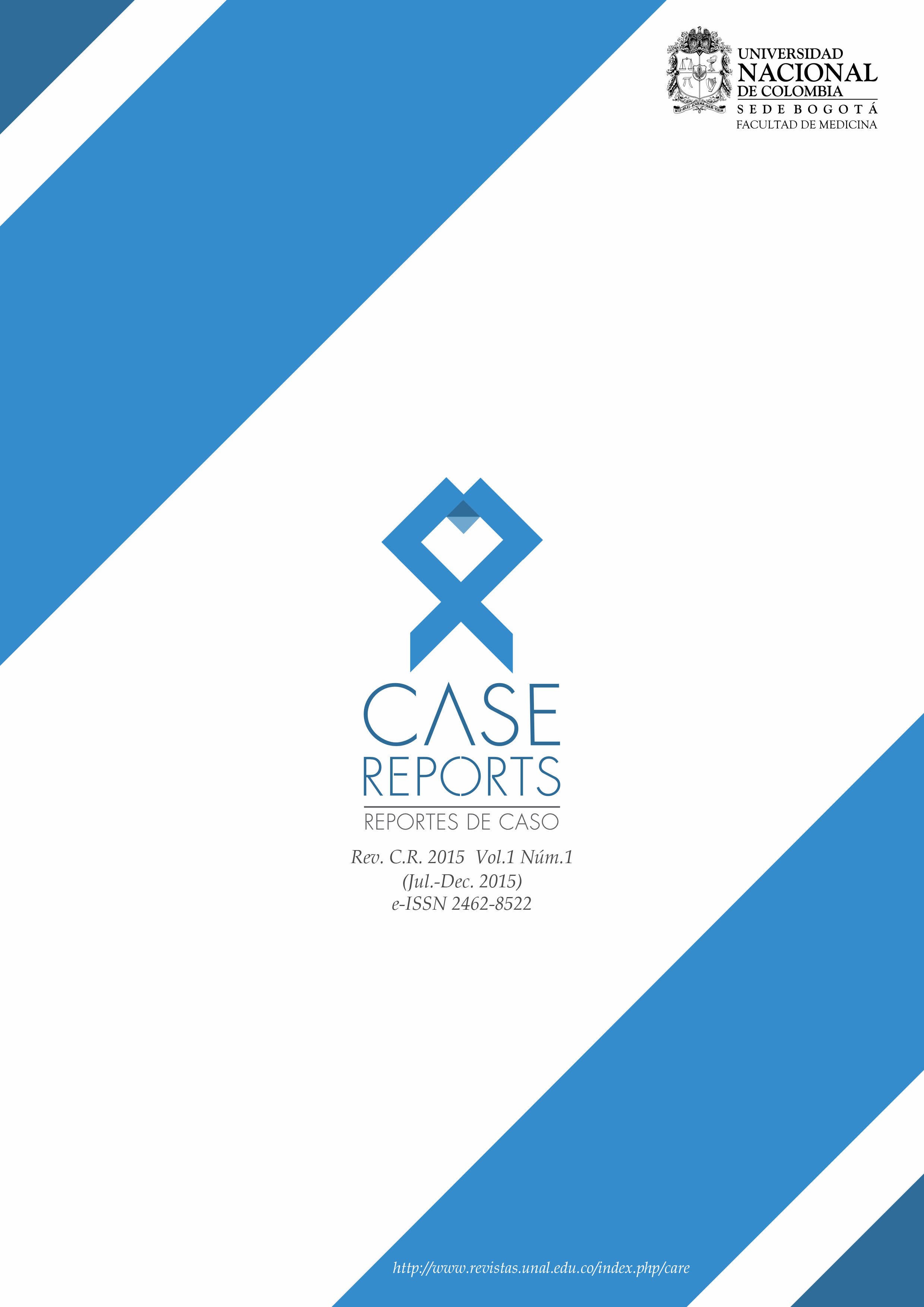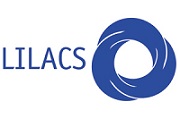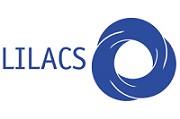Single port laparoscopic cholecystectomy in Situs Inversus Totalis
Colecistectomía laparoscópica de puerto único en Situs Inversus Totalis
Palabras clave:
Single-port, cholelithiasis, Situs Inversus (en)Puerto único, colelitiasis, Situs Inversus (es)
Descargas
Symptomatic cholelithiasis is a highly prevalent disease in Colombia, though its presentation in patients with situs inversus totalis has rarely been described. This report describes the case of a patient with symptomatic cholelithiasis and situs inversus totalis who underwent a single-port laparoscopic surgery after concomitant gallstones were ruled out. This procedure is a minimally invasive technique of SILS (Single Incision Laparoscopic Surgery).
Situs Inversus is a rare genetic disorder which is characterized by the transposition of the abdominal and chest organs through the sagittal plane, having a so-called “mirror image” effect. While the etiology is still unclear, it is often attributed to a genetic predisposition caused by an autosomal recessive gene of incomplete penetrance. The presence of symptomatic vesicular lithiasis in a patient with SIT not only creates diagnostic doubt but also presents a real challenge for treatment as any surgical procedure (especially laparoscopic cholecystectomy) will be more difficult due to the anatomical abnormalities of the patient.La colelitiasis sintomática es una enfermedad altamente prevalente en Colombia, aunque rara vez se ha descrito su presentación en pacientes con situs inversus totalis. Este informe describe el caso de un paciente con colelitiasis sintomática y situs inversus totalis que se sometió a una cirugía laparoscópica de puerto único después de descartar cálculos biliares concomitantes. Este procedimiento es una técnica mínimamente invasiva de SILS (cirugía laparoscópica de incisión única).
Situs Inversus es un raro trastorno genético que se caracteriza por la transposición de los órganos abdominales y del tórax a través del plano sagital, teniendo el llamado efecto de "imagen especular". Si bien la etiología aún no está clara, a menudo se atribuye a una predisposición genética causada por un gen autosómico recesivo de penetración incompleta. La presencia de litiasis vesicular sintomática en un paciente con TIE no solo crea dudas diagnósticas sino que también presenta un desafío real para el tratamiento ya que cualquier procedimiento quirúrgico (especialmente la colecistectomía laparoscópica) será más difícil debido a las anormalidades anatómicas del paciente.
Single port laparoscopic cholecystectomy in Situs Inversus Totalis
CASE REPORT
Guillermo E. Aldana1,
Hedda Uribe2,
William Rios3.
1. General Surgery and Transplants.
San José Hospital. Bogotá D.C.
2. General Surgeon.
Clínica del Country. Bogotá D.C.
3. General Surgeon.
Fundación Universitaria de Ciencias de la Salud. Bogotá, D.C.
Correspondence to:
Guillermo E. Aldana. Bogotá D.C., Colombia.
Email : galdanal@hospitaldesanjose.org.co
SUMMARY
Symptomatic cholelithiasis is a highly prevalent disease in Colombia, though its presentation in patients with situs inversus totalis has rarely been described. This report describes the case of a patient with symptomatic cholelithiasis and situs inversus totalis who underwent a single-port laparoscopic surgery after concomitant gallstones were ruled out. This procedure is a minimally invasive technique of SILS (Single Incision Laparoscopic Surgery).
Situs Inversus is a rare genetic disorder which is characterized by the transposition of the abdominal and chest organs through the sagittal plane, having a so-called “mirror image” effect. While the etiology is still unclear, it is often attributed to a genetic predisposition caused by an autosomal recessive gene of incomplete penetrance. The presence of symptomatic vesicular lithiasis in a patient with SIT not only creates diagnostic doubt but also presents a real challenge for treatment as any surgical procedure (especially laparoscopic cholecystectomy) will be more difficult due to the anatomical abnormalities of the patient.
Keywords: Single-port, cholelithiasis, Situs Inversus
CLINICAL CASE
A 24-year-old female caucasian patient, homemaker, with a clinical history of several months of biliary colic associated with intermittent episodes of subjective acholia and jaundice, was admitted to hospital after her condition had worsened considerably in the previous eight hours. She was suffering from pain in the epigastric region and left hypochondrium, associated with multiple emetic episodes. Her vital signs were normal and she had no signs of peritoneal irritation or palpable abdominal masses. The physical exam showed no abnormalities. Blood test results revealed counts of leucocytes: 12100, neutrophils: 79.9%, hemoglobin: 13.8, hematocrit: 40.5, platelet: 641000, ALT: 47, AST: 33.8, amylase: 83, alkaline phosphatase: 606, BT: 1.9, BD: 1.6 and BI: 0.3. A full abdominal ultrasound showed cholelithiasis with cholecystitis, and situs inversus totalis. A magnetic resonance cholangiopancreatography (MRCP) was conducted, which revealed a normal bile duct, cholelithiasis, and situs inversus totalis.
HISTORY
• Pathological: situs inversus totalis, spastic
colon.
• Pharmacological: none stated
• Surgical procedures: none stated
• Allergies: none stated
The patient was explained the benefits of the single-port procedure as a minimally invasive alternative as well as the associated risks (morbidity and mortality), focusing on the possibility of bile duct injuries and postoperative hernias. The patient then gave her informed consent to San José Hospital in the city of Bogotá.
SURGICAL TECHNIQUE
A single-port laparascopic cholecystectomy was performed by making a single longitudinal umbilical incision of approximately 2cm. The umbilicus was detached, in which a single port was inserted (SILS®, Covidien), using one trocar of 10 mm for the camera and 2 trocars of 5 mm for the clamps. The surgeon was positioned between the legs of the patient and the assistant at the right of the patient as the dissection of the cystohepatic triangle was initiated. The LIGAMAX® instrument was used for the cystic duct and artery. Later, a hemostatic check was performed and the vesicle was extracted through the port (the umbilicus). Then, the aponeurosis was closed with absorbable suture and the skin was closed with non-absorbable suture.
Surgical time was approximately one hour, without complications. The procedure can be viewed here:
http://youtu.be/GumF_1WLFNM.
The next day, the patient showed tolerance of oral intake and was subsequently released from hospital without complications. Post-operative tests for the first month were successful as well.
DISCUSSION
Situs Inversus Totalis (SIT) is the one of the rarest congenital conditions. Associated with compromise related to surgery, the condition was reported for the first time in a human be ing by Fabricius in 1600, though its etiology remains unclear. In SIT, patients present with dextrocardia and the complete transposition of abdominal viscera, which is often referred to as “mirror-image”. This condition is present in the general population between 0.002 to 0.01%, with a slightly higher prevalence in men. While life expectancy is not affected nor is it associated with compromise related to surgical conditions, it is associated with other cardiovascular conditions such as the Tetralogy of Falot, or the transposition of the great vessels.
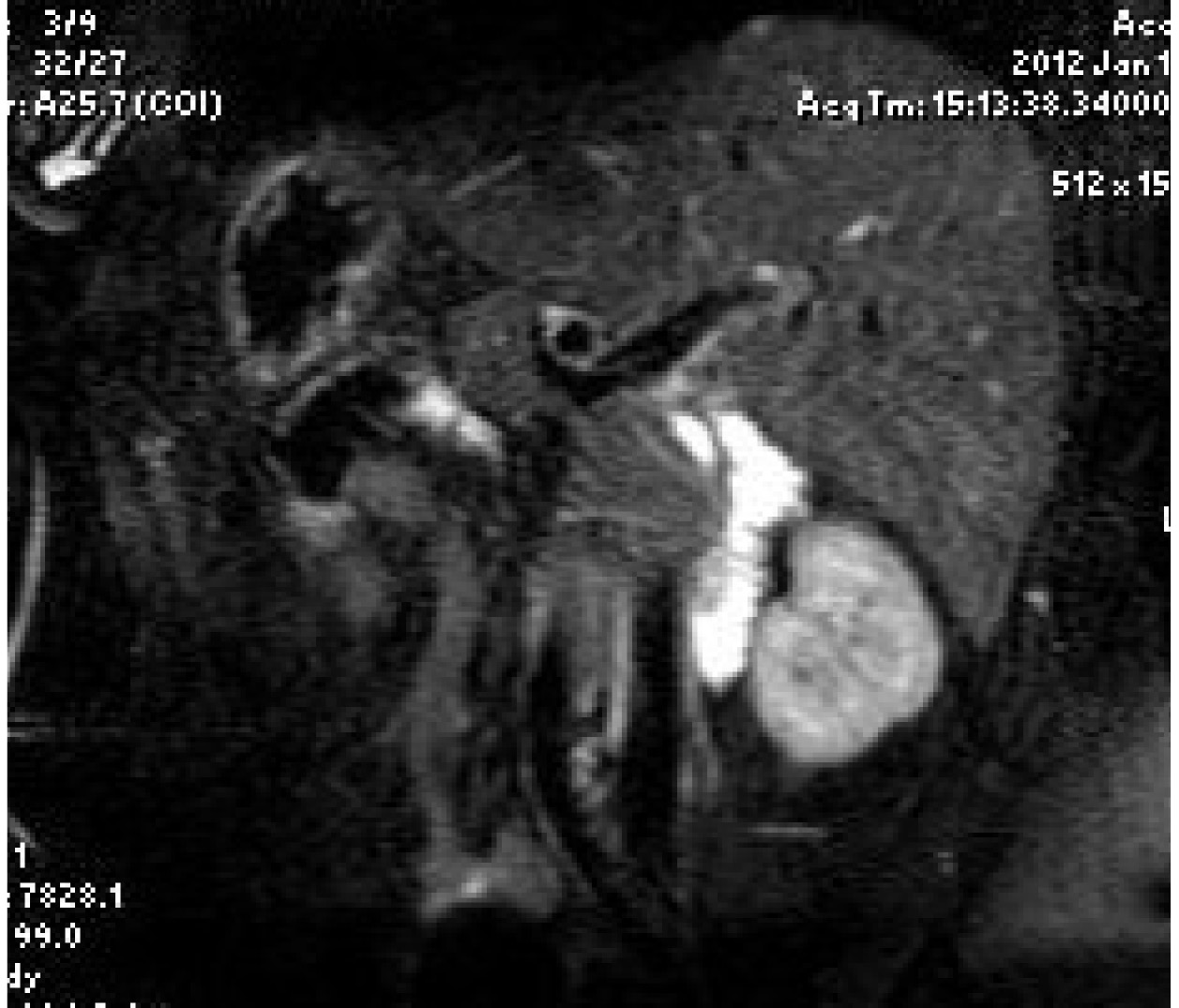
Fig 1. MRCP (Magnetic Resonance
Cholangiopancreatography)
There is no current evidence of a predisposition to vesicular lithiasis in SIT patients, but this condition often delays the diagnosis, and can even lead to an erroneous diagnosis or changes in the treatment of patients with this condition and their complications.
Situs inversus presents a big challenge in particular to surgical procedures, and in our case, to the laparoscopic approach. There are great technical difficulties as a surgeon works in two-dimensional surgical fields and with mirror images.
In the various laparoscopic procedures in patients who undergo four-port surgery, the right-handed surgeon often has the most difficulty as it involves changing position to be on the left side of the patient, contrary to classical open techniques. In our case, the single-port technique with a midline approach and the surgeon positioned between the legs of the patient made for a more comfortable dissection of the vasculo-biliary structures. However, the one-port technique is complicated by the difficulty in triangulating the instruments, a basic component of minimally invasive surgery.
Therefore, the proper positioning of the surgeon in relation to the patient is vital. In our case, thanks to the surgeon’s previous knowledge of situs inversus totalis, the necessary position between the legs of the patient was assumed and surgery through a single port was performed, dissecting towards the opposite side of the patient with the special anatomical challenges of the patient in mind.
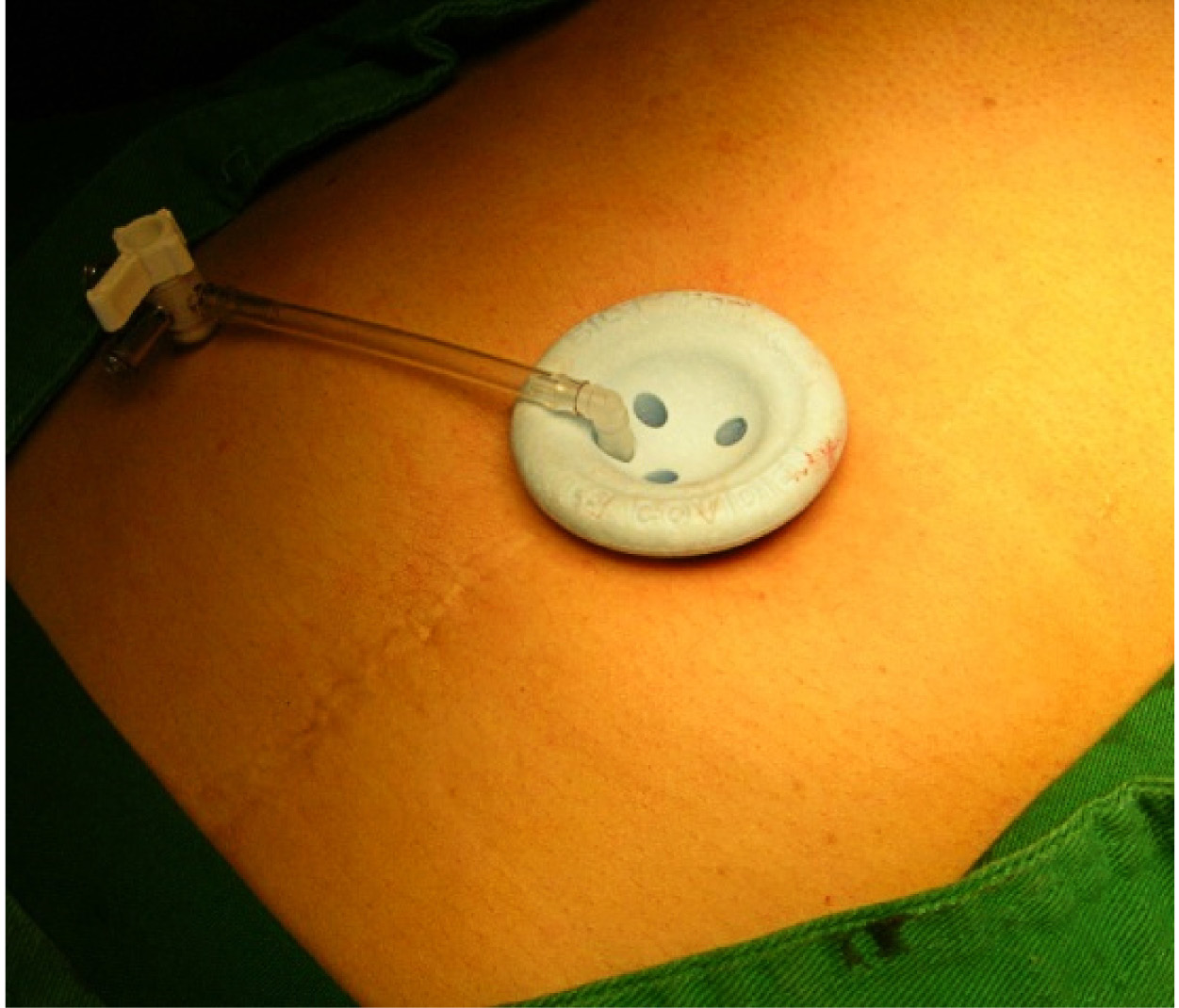
Fig 2. Single-port (SILS ® Covidien). (Reference
photo of port)
CONCLUSIONS
Acute cholelithiasis and cholecystitis have a high incidence in the general population; in this case, there was also an anatomical disorder with genetic characteristics, which complicates the diagnosis and any potential surgical procedures. This results in a greater technical difficulty and the need for greater dexterity on the part of the surgeon due to the type of incision and complex surgical technique required.
In the case described in this article, the patient presented a satisfactory evolution and post-operative recovery. To this date, there are no published reports of a similar case in Colombia.
References
1. Uludag M, Yetkin G, Kartal A. Single-Incision Laparoscopic Cholecystectomy in Situs Inversus Totalis. JSLS, Journal of the Society of Laparoendoscopic Surgeons. Published by the Society of Laparoendoscopic Surgeons, Inc. 2011;15(2):239–43.
2. Pereyra J, Pereira J (h), López D, Bolea R, Estrada- Orozco J. Colecistectomía Laparoscópica en Situs Inversus Totalis, Servicio de Cirugía General del Hospital Ángel C. Padilla San Miguel de Tucumán. Argentina: Tucumán. Rev Argent Resid Cir 2009;13(2):86-8.
3. Djohan RS, Rodriguez HE, Wiesman IM, Uniti JA. Laparoscopic cholecystectomy and appendectomy in situs inversus totalis. Department of Surgery, Catholic Health Partners. USA: Chicago, Illinois. 2000;4(3):251-4.
4. Takei HT, Maxwell JG, Clancy TV, Tinsley EA. Laparoscopic cholecystectomy in situs inversus totalis. 1992;2(4):171–6.
5. Han HJ, Choi SB, Kim CY, KIM WB, Song TJ, Choi SY. Single-incision multiport laparoscopic cholecystectomy for a patient with situs inversus totalis: Report of a case. Department of Surgery, Korea University College of Medicine Guro Hospital: Republic of Korea. 2011;41(6):877-80.
6. González Valverde FM, Gómez Ramos MJ, Méndez Martínez M, Pérez Montesinos JM, Tamayo Rodríguez ME, Ruiz Martín M, et al. Laparoscopic cholecystectomy in a patient with situs inversus totalis. España: Servicio de Medicina Intensiva, Universidad de Murcia, Hospital General Universitario Reina Sofía de Murcia. 2010;40(3):264-7.
7. Kumar S, Fusai G. Laparoscopic Cholecystectomy in Situs Inversus Totalis with Left-Sided Gall Bladder. Ann R Coll Surg Engl. 2007;89(2):W16-8.
8. Donthi R, Thomas DJ, Sanders D, Schmidt SP. Report of laparoscopic cholecystectomy in two patients with left-sided gallbladders. JSLS. Department of Surgery, Summa Health System, Akron, USA. 2001;5(1):53-6.
Referencias
Uludag M, Yetkin G, Kartal A. Single-Incision Laparoscopic Cholecystectomy in Situs Inversus Totalis. JSLS, Journal of the Society of Laparoendoscopic Surgeons. Published by the Society of Laparoendoscopic Surgeons, Inc. 2011;15(2):239–43.
Pereyra J, Pereira J (h), López D, Bolea R, Estrada-Orozco J. Colecistectomía Laparoscópica en Situs Inversus Totalis, Servicio de Cirugía General del Hospital Ángel C. Padilla San Miguel de Tucumán. Argentina: Tucumán. Rev Argent Resid Cir 2009;13(2):86-8.
Djohan RS, Rodriguez HE, Wiesman IM, Uniti JA. Laparoscopic cholecystectomy and appendectomy in situs inversus totalis. Department of Surgery, Catholic Health Partners. USA: Chicago, Illinois. 2000;4(3):251-4.
Takei HT, Maxwell JG, Clancy TV, Tinsley EA. Laparoscopic cholecystectomy in situs inversus totalis. 1992;2(4):171–6.
Han HJ, Choi SB, Kim CY, KIM WB, Song TJ, Choi SY. Single-incision multiport laparoscopic cholecystectomy for a patient with situs inversus totalis: Report of a case. Department of Surgery, Korea University College of Medicine Guro Hospital: Republic of Korea. 2011;41(6):877-80.
González Valverde FM, Gómez Ramos MJ, Méndez Martínez M, Pérez Montesinos JM, Tamayo Rodríguez ME, Ruiz Martín M, et al. Laparoscopic cholecystectomy in a patient with situs inversus totalis. España: Servicio de Medicina Intensiva, Universidad de Murcia, Hospital General Universitario Reina Sofía de Murcia. 2010;40(3):264-7.
Kumar S, Fusai G. Laparoscopic Cholecystectomy in Situs Inversus Totalis with Left-Sided Gall Bladder. Ann R Coll Surg Engl. 2007;89(2):W16-8.
Donthi R, Thomas DJ, Sanders D, Schmidt SP. Report of laparoscopic cholecystectomy in two patients with left-sided gallbladders. JSLS. Department of Surgery, Summa Health System, Akron, USA. 2001;5(1):53-6.
Cómo citar
APA
ACM
ACS
ABNT
Chicago
Harvard
IEEE
MLA
Turabian
Vancouver
Descargar cita
Visitas a la página del resumen del artículo
Descargas
Licencia
Derechos de autor 2015 Case reports

Esta obra está bajo una licencia internacional Creative Commons Atribución-NoComercial-SinDerivadas 4.0.
Los autores al someter sus manuscritos conservarán sus derechos de autor. La revista tiene el derecho del uso, reproducción, transmisión, distribución y publicación en cualquier forma o medio. Los autores no podrán permitir o autorizar el uso de la contribución sin el consentimiento escrito de la revista.
El Formulario de Divulgación Uniforme para posibles Conflictos de Interés y los oficios de cesión de derechos y de responsabilidad deben ser entregados junto con el original.
Aquellos autores/as que tengan publicaciones con esta revista, aceptan los términos siguientes:
Los autores/as conservarán sus derechos de autor y garantizarán a la revista el derecho de primera publicación de su obra, el cual estará simultáneamente sujeto a la Licencia de reconocimiento de Creative Commons 4.0 que permite a terceros compartir la obra siempre que se indique su autor y su primera publicación en esta revista.
Los autores/as podrán adoptar otros acuerdos de licencia no exclusiva de distribución de la versión de la obra publicada (p. ej.: depositarla en un archivo telemático institucional o publicarla en un volumen monográfico) siempre que se indique la publicación inicial en esta revista.
Se permite y recomienda a los autores/as difundir su obra a través de Internet (p. ej.: en archivos telemáticos institucionales o en su página web) antes y durante el proceso de envío, lo cual puede producir intercambios interesantes y aumentar las citas de la obra publicada. (Véase El efecto del acceso abierto).



